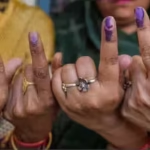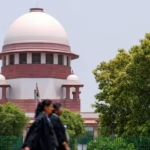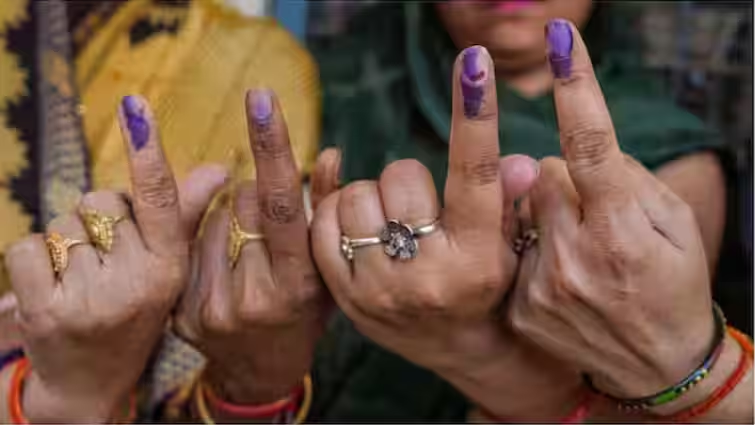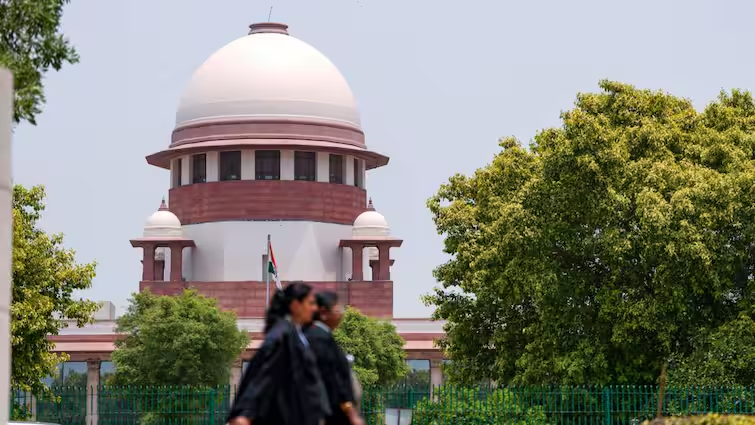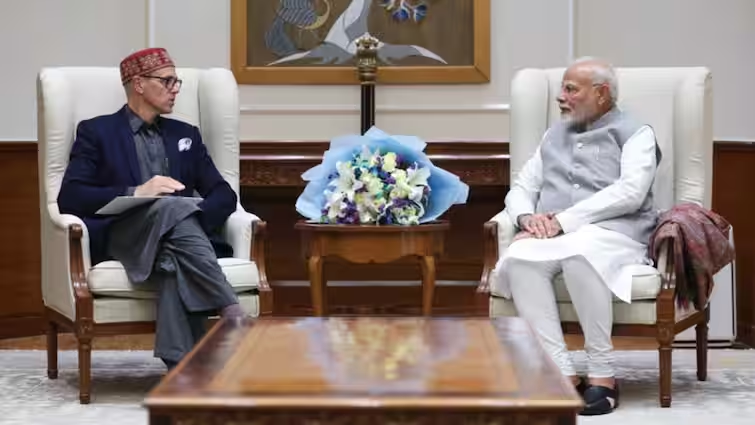Bye-Elections Scheduled in Gujarat, Kerala, Punjab, and West Bengal on June 19: Key Assembly Constituencies to Watch
In an important development ahead of the monsoon session of several state legislative assemblies, the Election Commission of India (ECI) has officially announced that bye-elections will be conducted in five assembly constituencies across four Indian states—Gujarat, Kerala, Punjab, and West Bengal. These elections are scheduled to be held on June 19, 2025, and the counting of votes will take place on June 23.
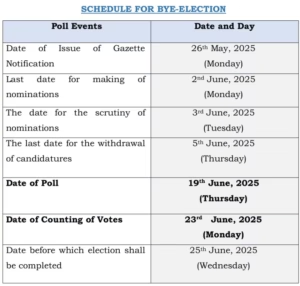
Key Deadlines for Bye-Elections
According to the announcement made by the Election Commission on Sunday, the last date for filing nomination papers is June 2, while the scrutiny of nominations will be conducted on June 3. Candidates will have until June 5 to withdraw their candidature.
The ECI emphasized that all necessary arrangements will be in place to ensure a free, fair, and peaceful electoral process. Polling officials are expected to be deployed across the concerned constituencies, and standard operating procedures (SOPs) will be implemented to maintain law and order throughout the voting period.
Assembly Constituencies Going to Polls
The five assembly seats that will witness bye-elections are:
-
Kadi in Gujarat
-
Visavadar in Gujarat
-
Nilambur in Kerala
-
Ludhiana West in Punjab
-
Kaliganj in West Bengal
These constituencies are going to the polls due to various reasons including resignation, disqualification, or death of sitting Members of the Legislative Assembly (MLAs), leading to vacancies that now require fresh mandates from the electorate.
Gujarat: Kadi and Visavadar Set for Political Face-Offs
The western state of Gujarat, which has been a stronghold of the Bharatiya Janata Party (BJP) for several years, will witness bye-elections in two constituencies: Kadi and Visavadar. Both seats are expected to draw significant attention from state and national political parties.
The Kadi constituency, located in Mehsana district, has traditionally leaned towards the BJP, although past elections have seen fluctuating margins. The upcoming bye-election is expected to be a test of the party’s enduring popularity as well as an opportunity for opposition parties, such as the Indian National Congress (INC) and Aam Aadmi Party (AAP), to make inroads.
Visavadar, situated in the Junagadh district, holds historical significance in Gujarat’s political landscape. In earlier years, it was represented by the former chief minister Keshubhai Patel. The constituency has witnessed a mixed political trend, and the bye-election here is likely to see a high-voltage campaign.
Political analysts suggest that the results in these two seats will offer insights into the current political mood of Gujarat ahead of the 2027 state assembly elections.
Kerala: All Eyes on Nilambur Constituency
In the southern state of Kerala, the Nilambur assembly seat in Malappuram district is scheduled for the bye-election. The seat fell vacant after the resignation of the sitting MLA. Nilambur has been a bastion of the United Democratic Front (UDF), particularly the Indian National Congress, although recent years have seen stiff competition from the Left Democratic Front (LDF).
Given Kerala’s typically bipolar political setup, the bye-election in Nilambur is expected to be a straight contest between the INC-led UDF and the CPI(M)-led LDF. However, with growing grassroots activity from the Bharatiya Janata Party (BJP) and rising voter interest in alternative parties, a triangular contest cannot be ruled out entirely.
The outcome of the Nilambur bye-election could potentially shape political narratives ahead of the 2026 Kerala Legislative Assembly elections.
Punjab: Battle Brewing in Ludhiana West
In Punjab, the Ludhiana West constituency will head to the polls on June 19. The seat became vacant following the demise of the sitting MLA. This region, located in one of Punjab’s most prominent industrial hubs, holds considerable strategic importance.
The Aam Aadmi Party (AAP), which currently governs the state, will be keen on retaining the seat as a show of strength and popular support. Meanwhile, the Indian National Congress and Shiromani Akali Dal (SAD) are also expected to field strong candidates to reclaim influence in the region.
Ludhiana West, given its urban demographic and socio-economic diversity, is often considered a barometer for political trends in urban Punjab. The bye-election will thus be watched closely for any indication of shifting public sentiment.
West Bengal: Kaliganj Gears Up for a Tough Contest
In West Bengal, the Kaliganj assembly constituency in Nadia district will go to polls as part of this round of bye-elections. The seat fell vacant due to the passing of the sitting legislator.
West Bengal’s political environment continues to be highly charged, especially after the 2021 assembly elections that saw the Trinamool Congress (TMC) return to power with a decisive mandate. However, the Bharatiya Janata Party (BJP) has also managed to consolidate its presence as a major opposition force in the state.
The Kaliganj bye-election is likely to witness a competitive race between the TMC and BJP, with the Congress and Left parties also trying to stay relevant in a changing political scenario. The outcome may have larger implications on TMC’s dominance in the Nadia district, which has been a politically volatile region in recent years.
Election Commission’s Preparations and Guidelines
The Election Commission has assured voters that all necessary measures will be taken to conduct the bye-elections in a smooth and efficient manner. Adequate security forces will be deployed to prevent any untoward incidents during the campaigning and polling periods.
In light of recent concerns over electoral integrity, the ECI has also confirmed that Electronic Voting Machines (EVMs) and Voter Verified Paper Audit Trail (VVPAT) systems will be used in all polling stations to enhance transparency.
The Commission has appealed to political parties and candidates to adhere strictly to the Model Code of Conduct (MCC), which has come into immediate effect in the constituencies where elections are being held.
National Implications of the Bye-Elections
Though bye-elections typically involve just a few seats, they often carry broader political implications. These polls serve as an indicator of public mood and voter satisfaction (or dissatisfaction) with the ruling parties at the state and national levels.
In Gujarat and Punjab, where the ruling parties aim to reaffirm their electoral strength, the results will either consolidate or challenge their existing mandates. In Kerala and West Bengal, opposition parties will attempt to regain lost ground and project their continued relevance.
Moreover, with the next general elections scheduled for 2029 and several state elections due in the coming years, these bye-elections are likely to be closely monitored by political strategists, analysts, and media houses across the country.
Voter Participation and Public Awareness
The Election Commission has also emphasized the importance of voter participation in the upcoming bye-elections. Voter awareness campaigns will be launched in all five constituencies to encourage eligible citizens to exercise their franchise. Special arrangements are also being made to facilitate voting by senior citizens and persons with disabilities.
In its statement, the ECI urged citizens to check their names in the electoral rolls, update voter details if necessary, and participate actively in the democratic process.
The bye-elections scheduled for June 19, 2025, in five assembly constituencies across Gujarat, Kerala, Punjab, and West Bengal mark another important moment in India’s democratic journey. While the number of seats may be small, the significance of these elections is substantial in the current political landscape.
With key battles expected in each constituency, these elections will test the organizational strength, public support, and political messaging of both ruling and opposition parties. As campaigning intensifies in the coming days, all eyes will be on how these contests unfold and what they signal for the future of Indian politics.

